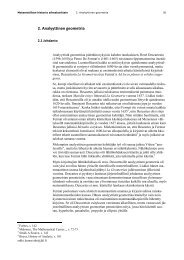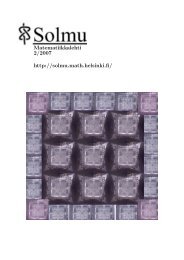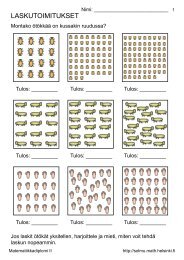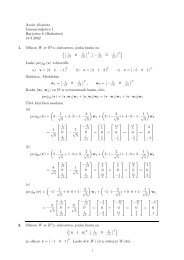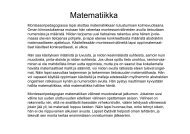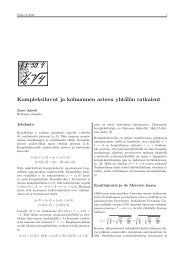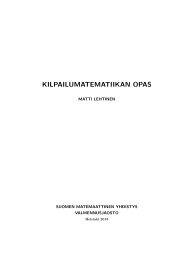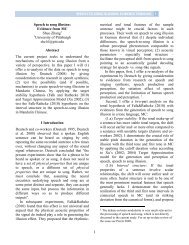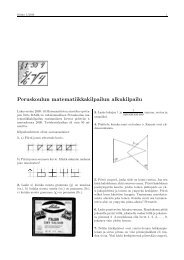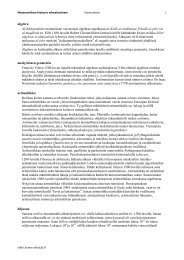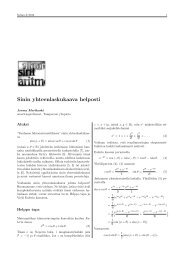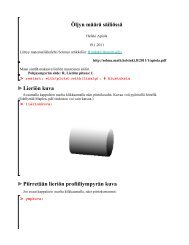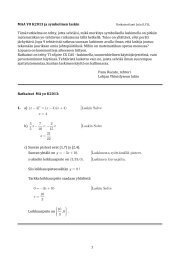Non-Newtonian turbulence: viscoelastic fluids and binary mixtures.
Non-Newtonian turbulence: viscoelastic fluids and binary mixtures.
Non-Newtonian turbulence: viscoelastic fluids and binary mixtures.
You also want an ePaper? Increase the reach of your titles
YUMPU automatically turns print PDFs into web optimized ePapers that Google loves.
2.1. Polymer dynamics in <strong>fluids</strong> 33<br />
Let us now briefly state the essential characteristics that models are required<br />
to reproduce. Because of thermal agitation, at equilibrium the molecule assumes<br />
the aspect of a statistically spherical coil, as in fig. 2.2(a), whose average radius is<br />
typically of the order of 0.1µm. Once elongated, polymers asymptotically relax<br />
to the equilibrium configuration on a time scale τ. For relatively small extensions<br />
polymers counteract elongation with a recalling force proportional to the extension<br />
itself.<br />
(a) (b)<br />
Figure 2.2: (a) Sketch of the coiled equilibrium configuration of a polymer. (b) A<br />
freely jointed chain.<br />
2.1.1 Freely jointed chain<br />
The simplest description of a polymer is that of the freely jointed chain [fig. 2.2(b)],<br />
in which the molecule is approximated by a chain of M segments of length b with<br />
r<strong>and</strong>om indipendent relative orientations. The different nodes of the chain are<br />
labelled by a set of vectors Pn, with n = 1, ..., M, <strong>and</strong> the bond vectors are:<br />
The characteristic size of the chain is :<br />
rn = Pn − Pn−1<br />
〈|R| 2 〉 1/2 = 〈|<br />
M�<br />
n=1<br />
rn| 2 〉 1/2<br />
(2.1)<br />
(2.2)<br />
which, thanks to the r<strong>and</strong>om independent relative orientations of the bonds, gives:<br />
〈|R| 2 〉 1/2 = M 1/2 b (2.3)<br />
33



